The medieval era was a time of great innovation and craftsmanship, especially when it came to weaponry. Among the most iconic weapons of this period were the swords, each with its unique design, purpose, and history. In this blog, we'll explore some of the most renowned medieval sword types, from longswords to claymores, and delve into their fascinating characteristics.
Longswords
The longsword, also known as the hand-and-a-half sword, was a versatile weapon used by knights and soldiers during the late medieval period. Characterized by its long, double-edged blade and cruciform hilt, the longsword was designed for both cutting and thrusting. Its length allowed for powerful two-handed strikes, while the hilt provided excellent control and balance. Longswords were often used in combination with shields or bucklers, making them a favorite among medieval warriors.
Broadswords
Broadswords were another popular type of medieval sword, known for their wide, straight blades and basket-shaped hilts. These swords were primarily used for cutting rather than thrusting, making them ideal for close combat. The broadsword's design evolved over time, with later versions featuring more elaborate hilts to protect the wielder's hand. These swords were commonly used by infantry soldiers and were a staple in many European armies.
Rapiers
While not strictly a medieval sword, the rapier emerged during the late Renaissance and was heavily influenced by medieval sword designs. Rapiers were characterized by their slender, sharply pointed blades and intricate hilts. Unlike the broader swords of the medieval period, rapiers were designed primarily for thrusting attacks. They became popular among nobles and duelists for their elegance and precision, often being used in fencing and personal combat.
Falchions
The falchion was a unique medieval sword with a single-edged, slightly curved blade. Resembling a large machete, the falchion was designed for powerful chopping blows. Its design was influenced by both European and Middle Eastern sword styles, making it a versatile weapon for various combat scenarios. Falchions were often used by foot soldiers and were particularly effective against lightly armored opponents.
Claymores
The claymore is perhaps one of the most iconic medieval swords, known for its massive size and distinctive crossguard. Originating in Scotland, the claymore was a two-handed sword used by Highland warriors. Its long, broad blade and extended hilt allowed for devastatingly powerful strikes. The claymore's design made it an effective weapon against both infantry and cavalry, and it became a symbol of Scottish martial prowess.
Conclusion
Medieval swords were more than just weapons; they were symbols of power, skill, and craftsmanship. From the versatile longsword to the mighty claymore, each type of sword had its unique place in history. Whether you're a collector, a history enthusiast, or simply fascinated by medieval weaponry, understanding the different types of medieval swords can provide a deeper appreciation for these remarkable artifacts.

